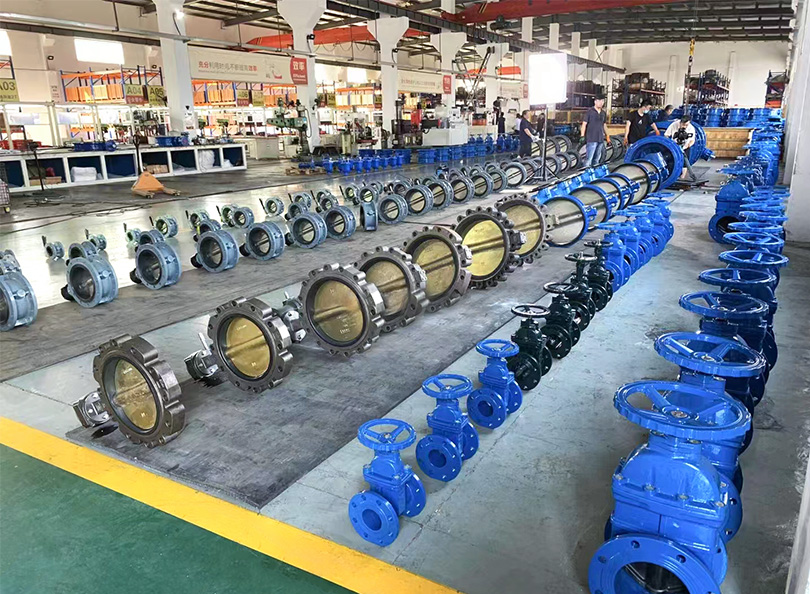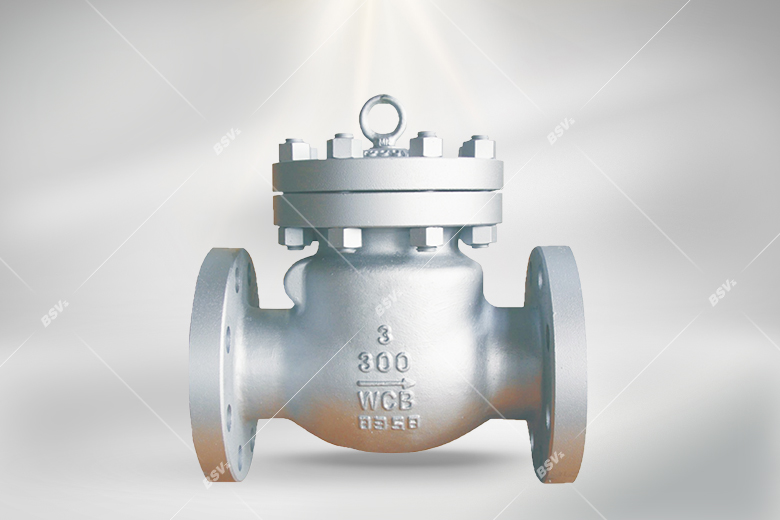Release time:2025-02-16Clicks:
Check valves are essential components in fluid systems, designed to allow the flow of fluids in one direction while preventing reverse flow. They are widely used across industries such as oil and gas, water treatment, HVAC, and manufacturing. For those new to the world of valves, understanding the different types of check valves and their applications can seem daunting. In this article, we’ll provide a comprehensive guide to check valve types, their functions, and their benefits. As a leading manufacturer and supplier, Lishui BSV Valves Supplier (BSV) is here to help you navigate this important topic.
A check valve, also known as a non-return valve, is a mechanical device that allows fluid (liquid or gas) to flow in one direction while preventing backflow in the opposite direction. This is achieved automatically, without the need for manual operation or external control. Check valves are critical in systems where backflow could cause damage, contamination, or inefficiency.
Check valves are typically simple in design, with a body, seat, and disc or ball mechanism that opens under forward flow pressure and closes when reverse flow occurs. Despite their simplicity, there are several types of check valves, each suited to different applications and operating conditions.
Check valves play a crucial role in maintaining the efficiency and safety of fluid systems. Here are some of the key reasons why they are indispensable:

Now that we understand their importance, let’s explore the various types of check valves available in the market.
At Lishui BSV Valves Supplier, we offer a wide range of check valves to meet diverse industrial needs. Below, we’ll explain the most common types of check valves and their unique features.
The swing check valve is one of the most widely used types of check valves. It features a disc that swings on a hinge or shaft, allowing fluid to flow forward while closing when reverse flow occurs. Swing check valves are ideal for low-pressure and high-flow applications, such as water supply systems and wastewater treatment plants.
Ball check valves use a spherical ball to control the flow of fluid. The ball moves away from the seat to allow forward flow and returns to the seat to block reverse flow. These valves are commonly used in applications where compact design and quick response are required, such as in chemical processing and fuel systems.
Lift check valves have a disc that lifts off the seat to permit forward flow and returns to the seat to block reverse flow. These valves are typically used in high-pressure applications, such as steam systems and oil pipelines. They require a higher cracking pressure to operate effectively.
Wafer check valves are designed to be compact and lightweight, making them ideal for tight spaces. They are installed between two flanges and can have a single-disc or dual-plate design. Wafer check valves are commonly used in HVAC systems, water distribution, and chemical processing.
Diaphragm check valves use a flexible diaphragm to control flow. The diaphragm opens under forward pressure and closes when reverse flow occurs. These valves are often used in applications requiring sanitary conditions, such as food processing and pharmaceuticals.
Silent check valves are designed to minimize noise and water hammer during operation. They use a spring-loaded disc that closes quickly when reverse flow occurs. These valves are commonly used in HVAC systems and pump discharge lines.
Selecting the right check valve for your application depends on various factors, including:
At Lishui BSV Valves Supplier, we offer expert guidance to help you choose the perfect check valve for your needs. Our extensive product range ensures that you’ll find a solution tailored to your specific requirements.

While check valves are generally low-maintenance, regular inspection and upkeep can prolong their lifespan and ensure optimal performance. Here are some tips to keep your check valves in top condition:
By following these tips, you can ensure the reliable operation of your check valves and prevent costly downtime.
Check valves are vital components in fluid systems, offering protection, efficiency, and reliability. Understanding the different types of check valves and their applications is essential for selecting the right valve for your system. From swing check valves to silent check valves, each type has unique features and benefits.
At Lishui BSV Valves Supplier, we are committed to providing high-quality check valves and exceptional customer service. Whether you’re a beginner or an experienced professional, our team is here to assist you in finding the perfect valve solution. Contact us today to learn more about our products and services.
Investing in the right check valve not only enhances the performance of your system but also ensures long-term reliability and safety. Trust BSV for all your valve needs!
Tags:Strainer,Cast Iron Valve,Valves price,Cast steel valves supplier